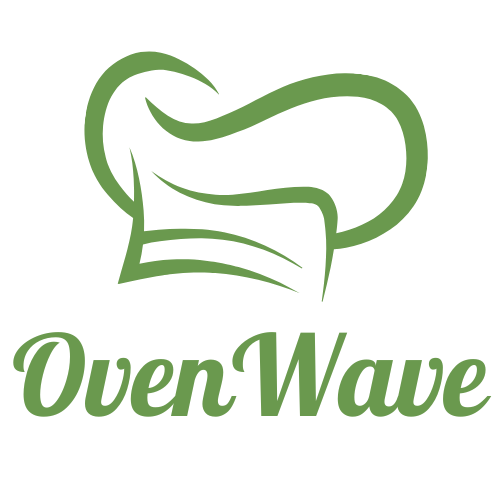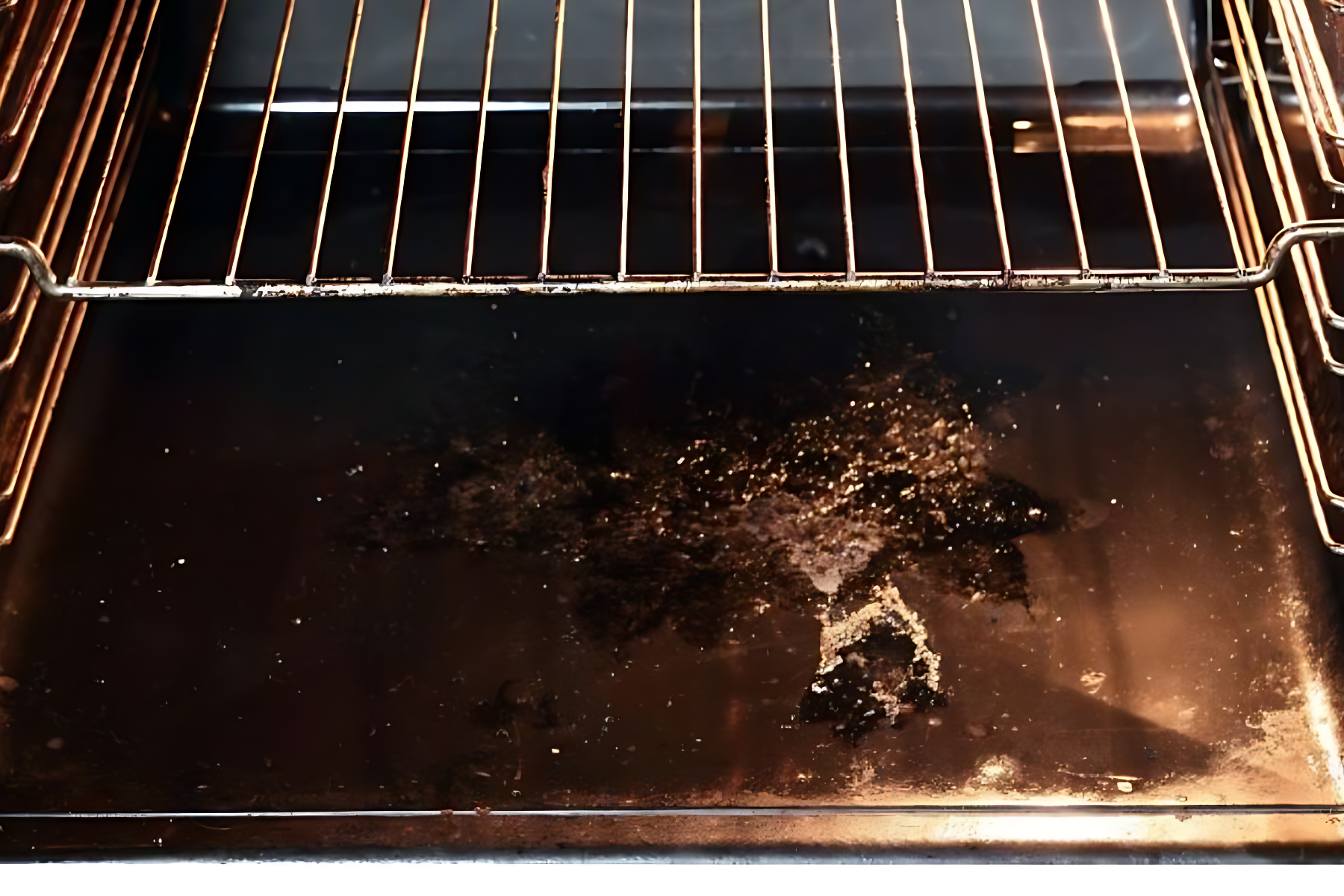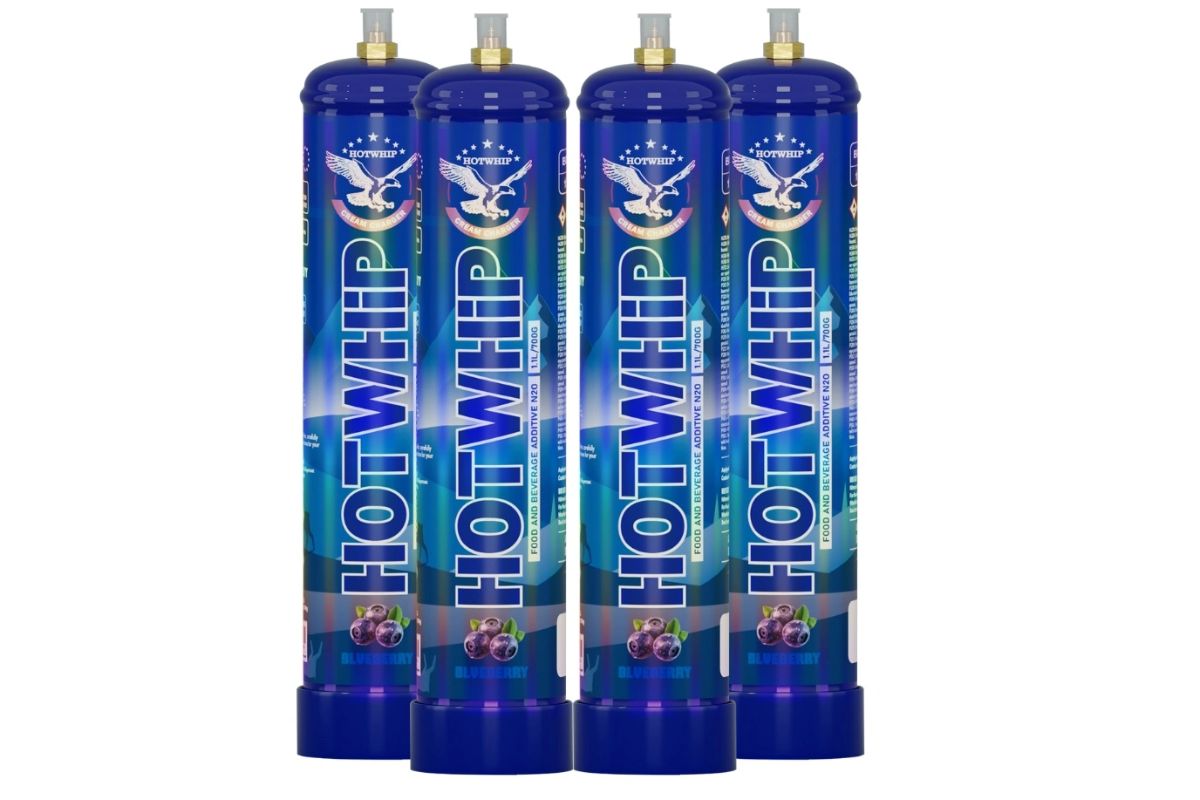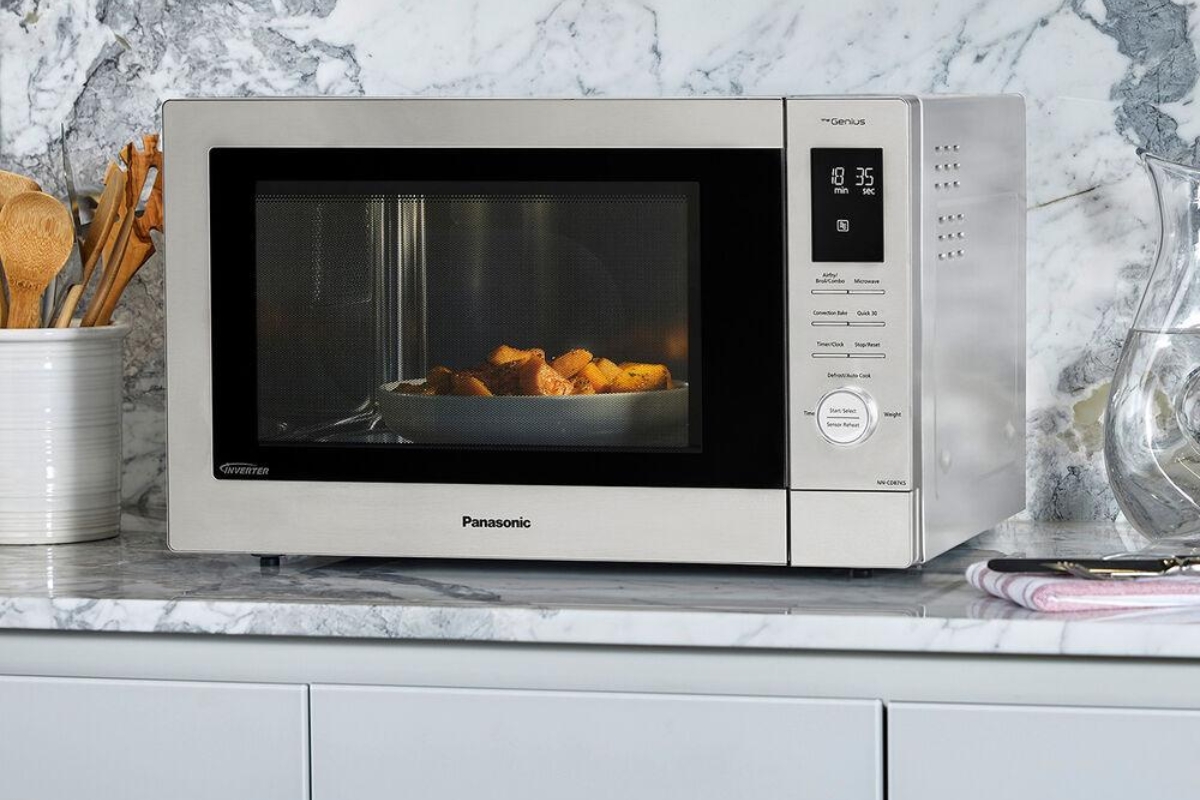Burnt food stains in the oven can seem impossible to remove. Unlike everyday grease or fresh spills, these marks harden over time and chemically bond to oven surfaces. That’s why effective oven cleaning becomes tricky without the right method.
The key to success lies in patience and using careful techniques designed to loosen and lift the burnt residue without damaging your oven. Rushing or using harsh tools can cause scratches or permanent damage. Understanding the nature of burnt stains is the first step toward effective removal.
Table of Contents
ToggleRecognizing Burnt Residue and Persistent Stains
Burnt food residue differs from regular grime because it undergoes a chemical change during cooking. Sugars caramelize and proteins harden, causing the mess to stick firmly.
These stubborn stains typically accumulate on the oven floor, in corners, and along door edges where spills tend to gather and bake over time. If you notice stains that cannot be wiped away with mild cleaners or simple scrubbing, it is a clear sign that deeper cleaning is required.
Essential Tools and Ingredients for Tough Stains
Removing burnt food requires specific supplies that can safely tackle the hardened grime.
- Natural abrasives such as fine salt or ground oats can provide gentle scrubbing power without scratching.
- Mild citrus-based cleaners are effective in breaking down carbonized food using natural acids.
- Soft nylon scrub pads or sponges with varied textures help lift stains while protecting oven surfaces.
- Plastic scrapers are useful for loosening thick residue but should be handled gently to avoid damage.
- Safety gear like gloves and a face mask are essential when using stronger cleaners to protect skin and lungs.
Effective Cleaning Techniques for Burnt Food
Removing burnt food from your oven requires a thoughtful approach that combines soaking, gentle abrasion, and steam to soften even the most stubborn stains. This method helps break down tough residue without causing damage to your oven’s surfaces.
Start by pre-soaking the burnt areas with warm water mixed with a bit of citrus juice, like lemon. The natural acids in lemon help dissolve hardened crust and loosen grime, making it easier to remove. Simply apply this mixture to the affected spots and let it sit for at least 15 to 20 minutes to begin softening the burnt layers.
Next, sprinkle abrasive powders such as fine salt or baking soda over the softened stains. Using a soft cloth or sponge, gently work the powder in circular motions. This breaks down the burnt layers gradually while protecting your oven’s finish. Avoid harsh scrubbing at this stage because it can scratch or wear away the oven’s coating.
To further loosen baked-on residue, steam can be a powerful ally. Place a heat-safe bowl of boiling water inside the oven and close the door. The steam generated will penetrate tough stains and make them easier to lift. Let the steam work for about 15 to 30 minutes, then carefully wipe the area with a damp cloth.
Instead of scrubbing aggressively, choose multiple short scrubbing sessions. This technique reduces the risk of damage to the oven surface and prevents fatigue during cleaning. Short bursts of scrubbing with gentle pressure gradually remove grime without harming the oven.
For especially stubborn spots, applying cleaning agents in layers is highly effective. Apply a layer of baking soda paste or a natural cleaner, allow it to work for the recommended time, then wipe clean. If residue remains, repeat the process. Patience and repetition often yield better results than forceful scrubbing.
Using this combination of soaking, gentle abrasion, and steam ensures that burnt food and tough stains come off efficiently while keeping your oven in great condition.
When to Call in the Professionals or Use Strong Chemicals
Some stains may require help beyond home remedies.
- Warning signs include stains that remain after several cleaning attempts or those that cover large areas.
- Hiring a professional oven cleaner offers benefits such as expertise, specialized equipment, and guaranteed results but comes at a cost.
- If opting for industrial cleaners, choose products carefully, ensuring they are compatible with your oven type and always follow safety instructions.
Keeping Stains from Coming Back
Preventing burnt stains starts in the kitchen before cleaning even becomes necessary. Adjusting cooking habits can reduce spills and burnt messes significantly. For example, using deeper baking dishes or placing trays under casseroles catches drips before they hit the oven floor.
I also recommend using oven-safe mats or silicone liners instead of aluminum foil. These reusable liners protect the oven floor without interfering with heat circulation. They are easy to clean and prevent spills from baking on.
Another simple but effective habit is scheduling regular quick cleans. A few minutes spent wiping the oven floor or door after cooking prevents buildup. Catching stains early keeps them from becoming stubborn and saves time later.
Common Pitfalls When Tackling Tough Oven Stains
When dealing with tough stains, it’s easy to make mistakes that cause more harm than good. One common error is overusing harsh scrubbing. Aggressive scrubbing can wear down protective coatings and scratch enamel surfaces. It’s better to use gentle, repeated cleaning sessions than to force one tough scrub.
Another pitfall is ignoring manufacturer recommendations. Different ovens have specific cleaning guidelines. Using the wrong cleaner or tool can void warranties or damage parts. Always check your oven’s manual before trying new cleaning methods.
Using abrasive tools like steel wool or metal scrapers is also risky. These can leave scratches and dull the finish permanently. Stick to plastic scrapers, soft brushes, and non-abrasive pads for safe stain removal.
Avoiding these pitfalls helps maintain your oven’s appearance and function for years to come.
FAQs
What are the best oven liners to prevent burnt food stains?
Oven-safe silicone liners are a top choice because they withstand high heat and are easy to clean. Unlike foil, they do not block airflow or risk damaging the oven’s heating elements.
How often should I do quick cleans to prevent stubborn oven stains?
Performing a quick wipe-down after every one to two uses helps catch spills before they harden. This simple habit reduces the need for deep scrubbing and keeps the oven fresher.
Can harsh scrubbing damage my oven’s enamel coating?
Yes, vigorous scrubbing with abrasive materials can wear away the enamel coating. It is best to use gentle cleaning tools and repeat cleaning sessions rather than scrubbing hard once.
Why is it important to follow the oven manufacturer’s cleaning instructions?
Ovens vary in materials and coatings. Using inappropriate cleaners or tools can cause permanent damage or void the warranty. Manufacturer guidelines ensure safe and effective cleaning.
Are metal scrapers safe to use on oven surfaces?
No, metal scrapers can scratch and dull oven surfaces. Plastic scrapers or soft brushes are safer alternatives for removing stuck-on food without harming the finish.






